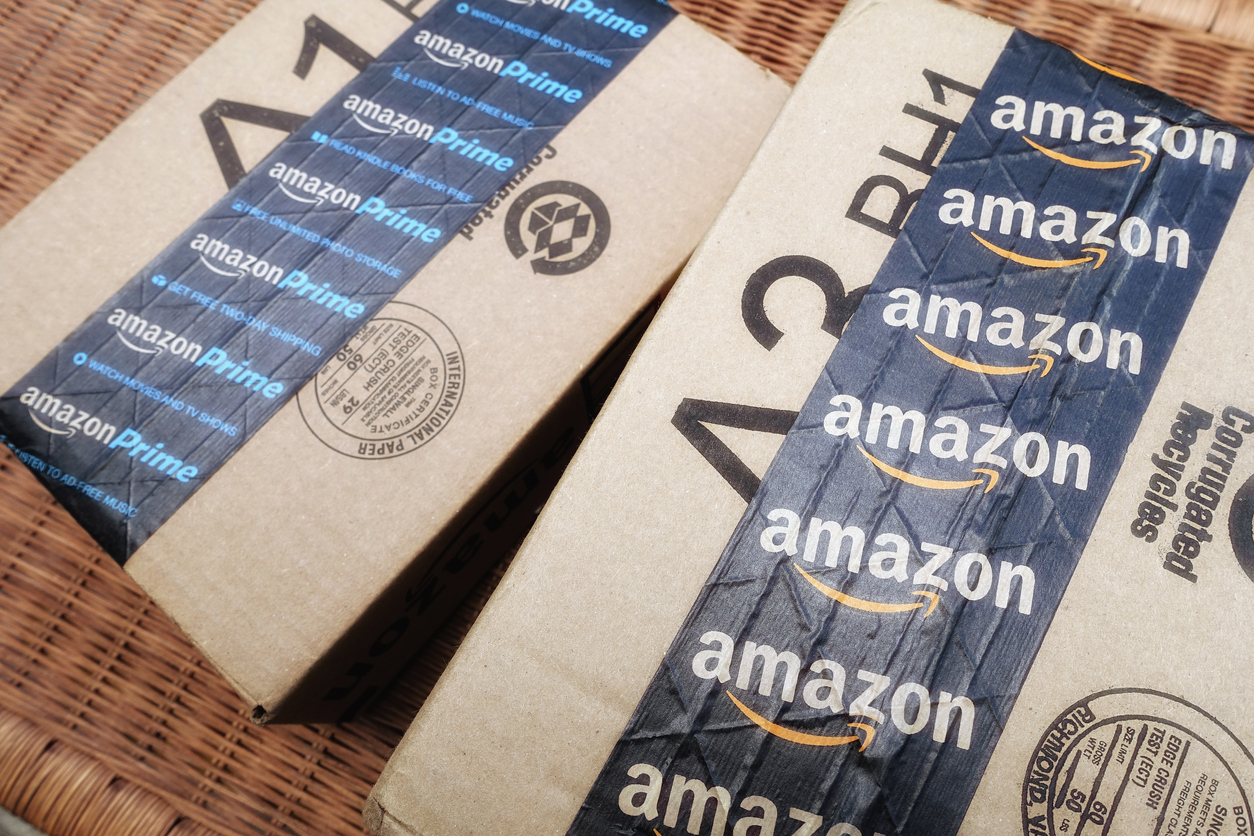
How Maryland played a losing HQ2 game
Originally published in the Baltimore Business Journal
For the government officials of the 18 jurisdictions that lost the contest for Amazon’s new second headquarters, the final decision was a real-life lesson on game theory.
On Oct. 13, Amazon announced that it would split the proposed “HQ2” between Long Island and Arlington, Virginia. All told, some 238 contestants made at least an initial pitch for the facility.
As one of the 20 finalists announced back in January, Maryland government decided to up its chances by offering $6.5 billion in tax incentives and another $2 billion in infrastructure upgrades in order to lure HQ2 to Montgomery County.
Why?
Maryland’s government officials were caught in a classic case of “Prisoner’s Dilemma,” a scenario in the field of mathematics and strategy known as game theory. As a player in the HQ2 game, Maryland’s best strategy was to offer a huge tax incentive package to Amazon, regardless of what its primary rival, Virginia, chose to do.
Until the last minute, Virginia kept its Amazon offer secret. If Virginia chose not to offer a tax incentive to Amazon, Maryland officials thought they could possibly win the HQ2 game by offering incentives. If Virginia chose to offer tax incentives as well, Maryland officials thought they could still win by offering an exceptionally large package, in essence outbidding Virginia.
If Virginia officials had thought the same way, the Nash Equilibrium—the seemingly best strategy — would have been for both states to offer huge tax incentives to Amazon, ultimately overbidding for the prize. This is the frustrating result of the Prisoner’s Dilemma: the seemingly best strategy for each competitor results in both losing.
However, Virginia officials were smart enough to largely avoid playing the incentive game. The state did offer some $573 million in incentives to Amazon and promised to invest $195 million in infrastructure in the Crystal City neighborhood. That is a pittance compared to Maryland’s bid of $8.5 billion.
Why did Virginia win?
All along, Virginia officials knew their state has what it takes to win HQ2 without offering a huge incentive package to Amazon. Virginia has one of the most competitive business climates and favorable regulatory environments in the nation.
So, what should Maryland learn from this contest?
One thing that it should know already is that this is not a one-time game; Maryland and Virginia “compete” on business climate all the time. In game theory, repeated games reveal what the opposing player considers its optimal strategy, and both competitors can adjust their strategies accordingly. When faced with another apparent Prisoner’s Dilemma against Virginia, Maryland officials should now know that giant subsidies aren’t a winning strategy.
Instead, when it comes to attracting entrepreneurs to Maryland, the best strategy would be to improve the state’s overall business climate. The most effective way to do this would be by gradually reducing Maryland’s corporate income tax rate of 8.25 percent to match Virginia’s rate of 6 percent.
According to regional economist Anirban Basu: “The corporate tax in Maryland generates a bit more than 4 percent of general fund revenue. You could cut it in half and it would have very little effect on balancing a budget.”
A study by the Maryland Public Policy Institute found that lowering Maryland’s corporate income tax rate to 6 percent would actually improve Maryland’s real per capita corporate income tax revenue by about 7.4 percent.
A lower corporate income tax rate would upgrade Maryland’s overall business climate so that it would be attractive to all large and small corporations looking for a place to grow.
According to a study, the negative relationship between corporate taxes and entrepreneurship is statistically significant: a 10 percentage point increase in the first-year corporate tax rate reduces the average entry rate of firms by 1.4 percentage points.
Along these same lines, Maryland should reform its onerous business regulations. Mandated benefits and sharing-economy regulations are just two among many policies that Maryland should consider abandoning in order to improve the state’s economic competitiveness.
Fortunately, the lessons from Amazon’s HQ2 game arrived at a useful timing for the Hogan administration: improving Maryland’s business climate through a combination of tax cuts and judicious regulatory reforms should be the dominant strategy for Gov. Larry Hogan’s second term.
The same strategy, of course, applies to all of the other jurisdictions that lost the HQ2 race. Competitively offering government subsidies to make up for having a poor business climate was a lose-lose game for all.
Carol Park is a senior policy analyst in the Center for Business and Economic Competitiveness at the Maryland Public Policy Institute.






